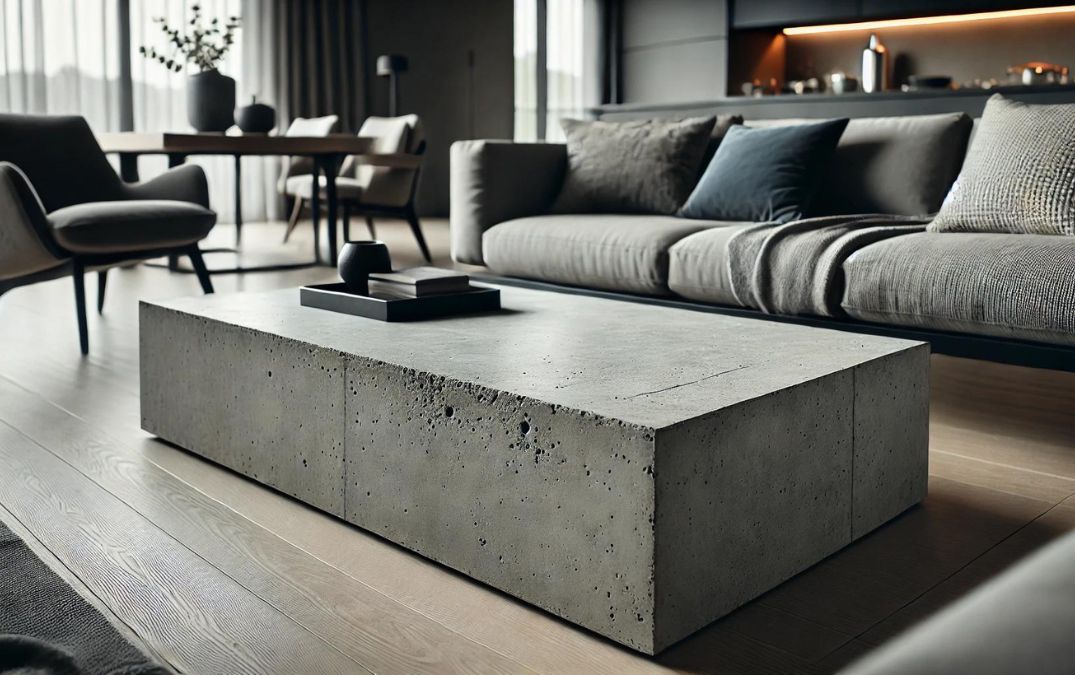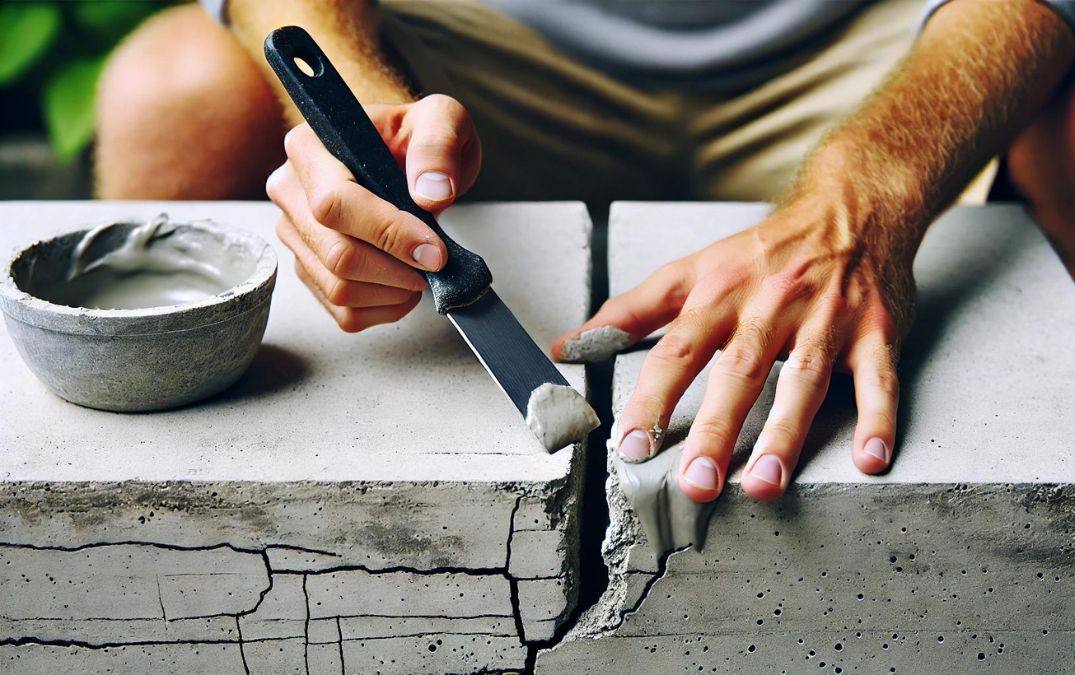Yes, you can use epoxy to repair cracks in concrete furniture. Epoxy is an effective material for this purpose because it provides a strong, durable bond that can restore the structural integrity of the furniture. Before applying the epoxy, clean the crack thoroughly to remove any dirt, debris, or loose particles. This ensures the epoxy adheres properly to the concrete. Mix the epoxy according to the manufacturer's instructions, then carefully fill the crack, ensuring it penetrates deeply. Smooth the surface with a putty knife or similar tool and allow the epoxy to cure completely. Once cured, epoxy repairs are often stronger than the original concrete, making it an excellent choice for both structural and cosmetic repairs in concrete furniture.
To assess whether a crack in concrete furniture is purely cosmetic or structural, start by examining the size and pattern of the crack. Hairline cracks that are thin and do not penetrate deeply are often cosmetic, resulting from surface shrinkage or minor environmental stress. Structural cracks, however, are usually wider, deeper, and may run through the entire thickness of the concrete, indicating significant stress or foundational issues. Additionally, pay attention to any movement or shifting in the furniture when pressure is applied near the crack. If the piece feels unstable or shows signs of significant displacement, the crack is likely structural. Lastly, consider the location of the crack; those in critical load-bearing areas are more likely to be structural.
Handling larger cracks or structural damage in concrete furniture requires careful attention to ensure a durable and aesthetically pleasing repair. For significant cracks or structural issues, you might need to use concrete patching compounds or epoxy fillers specifically designed for structural repairs. Apply the repair material according to the manufacturer’s instructions, ensuring it fills the crack completely and adheres well to the surrounding concrete. In some cases, embedding metal rebar or mesh into the repair area can provide additional strength and stability. After the material has been applied, smooth the surface to blend seamlessly with the rest of the furniture. Allow the repair to cure fully, which may take several days depending on the product used. Finally, consider sealing the repaired area to protect it from future damage and to maintain the furniture’s appearance.
If the crack is exceptionally wide or deep, extending through the entire thickness of the concrete, it suggests significant structural compromise. Cracks accompanied by crumbling or spalling of the concrete surface indicate that the integrity of the material is compromised beyond simple repair. Additionally, if the furniture wobbles or feels unstable, this can point to underlying structural damage that mere patching cannot resolve. Cracks that reappear quickly after previous repairs also signal deeper issues that might require more extensive intervention. In such cases, the best course of action may be to consult a professional to assess whether the furniture can be salvaged or if replacement is the safer and more practical option.
To begin with, ensure that the concrete mix used for the furniture includes the right proportions of cement, aggregate, and water, and consider adding reinforcement such as steel rebar or wire mesh to provide additional strength. During the curing process, maintain appropriate moisture levels to prevent rapid drying, which can cause shrinkage and cracking. After the concrete has cured, apply a high-quality sealant to protect the surface from moisture, temperature fluctuations, and other environmental factors. Regular maintenance is crucial; clean the furniture periodically to remove dirt and debris that can cause surface wear, and inspect for any early signs of damage, addressing minor issues before they develop into larger cracks.


